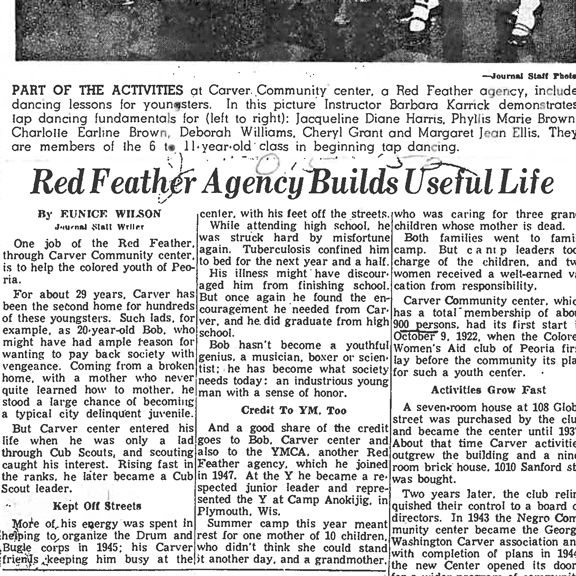By 1952, Carver had established itself as a “second home for hundreds of…youngsters” with its full-time staff of seven.
The article dramatizes the success of the Carver Center through the story of Bob, a young man “who might have had ample reason for wanting to pay back society with vengeance”. But through the Carver Center, Bob had “become what society needs today: an industrious young man with a sense of honor.”

